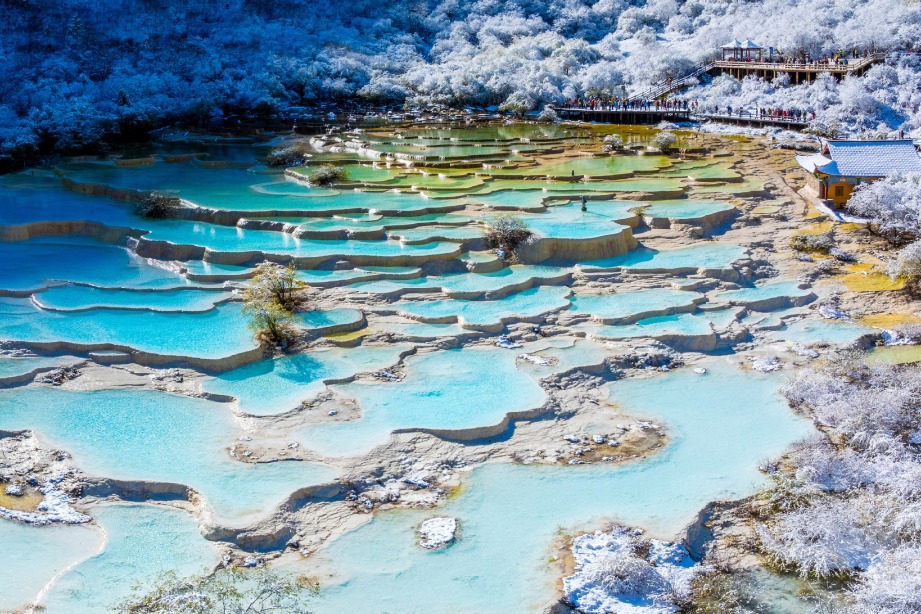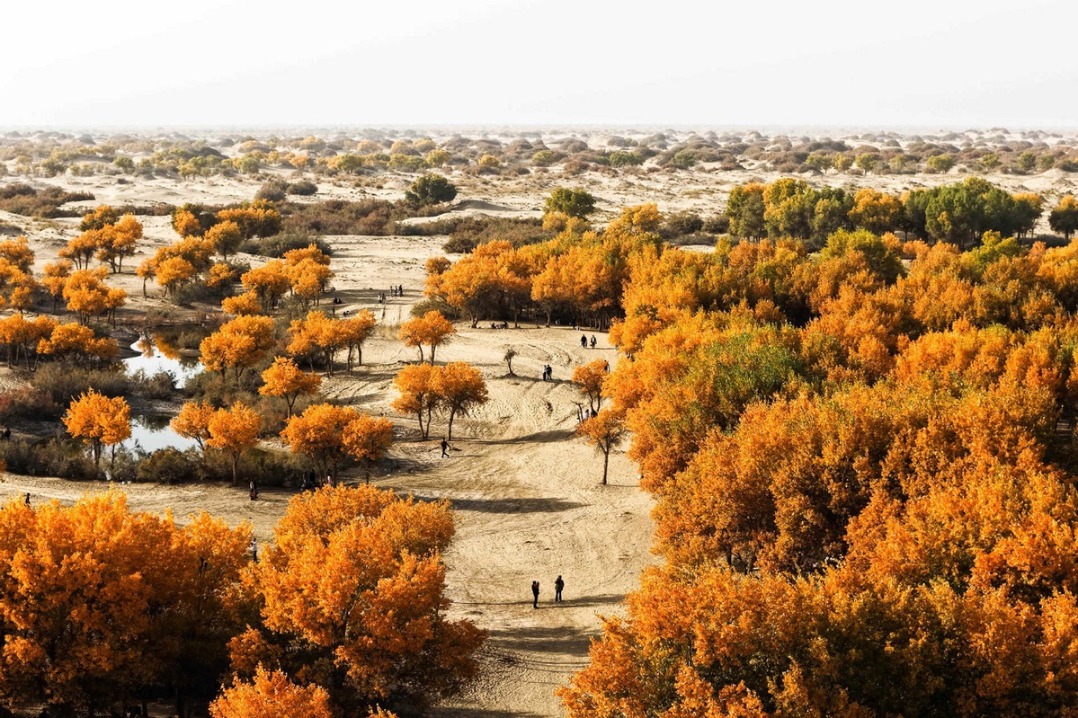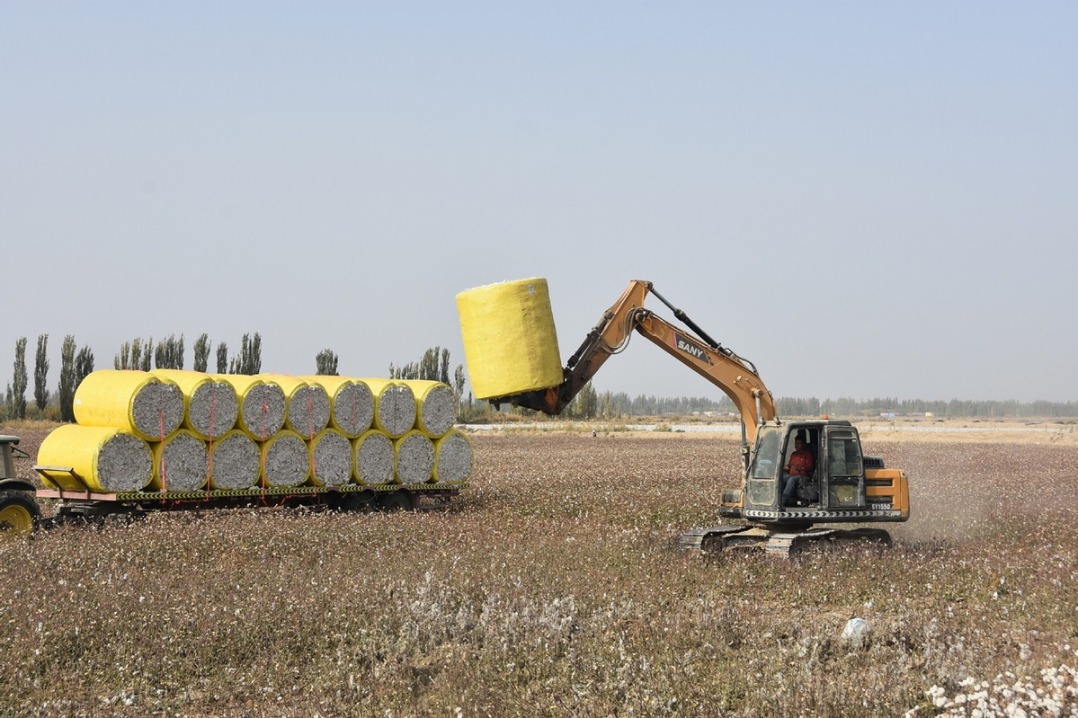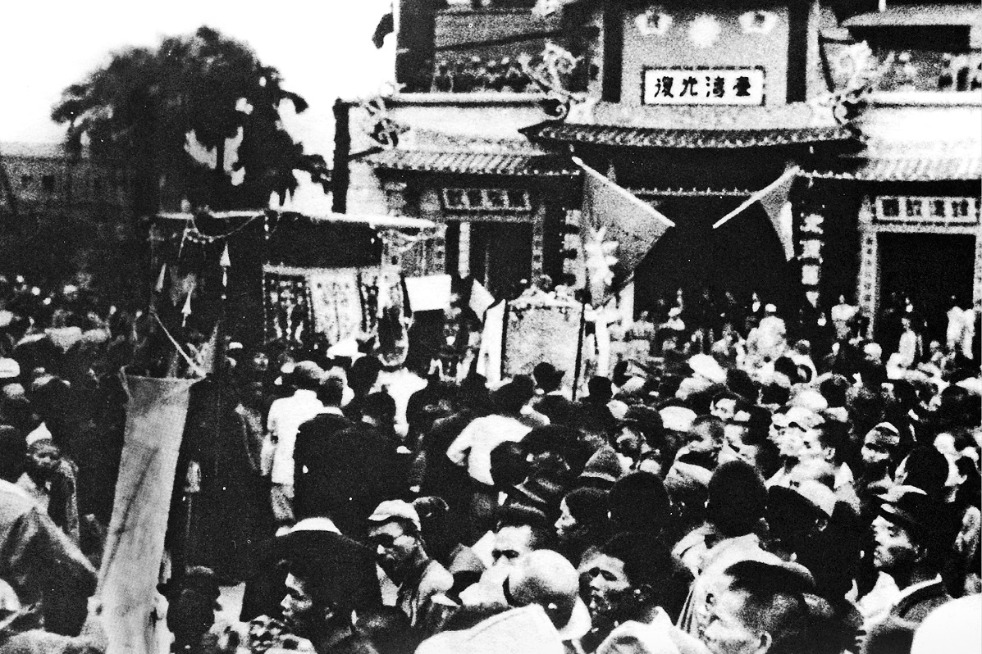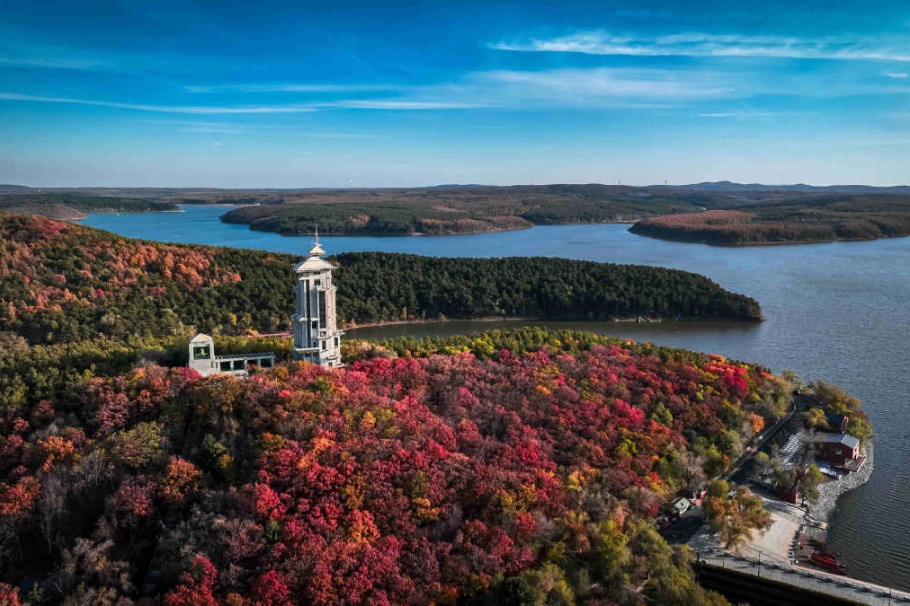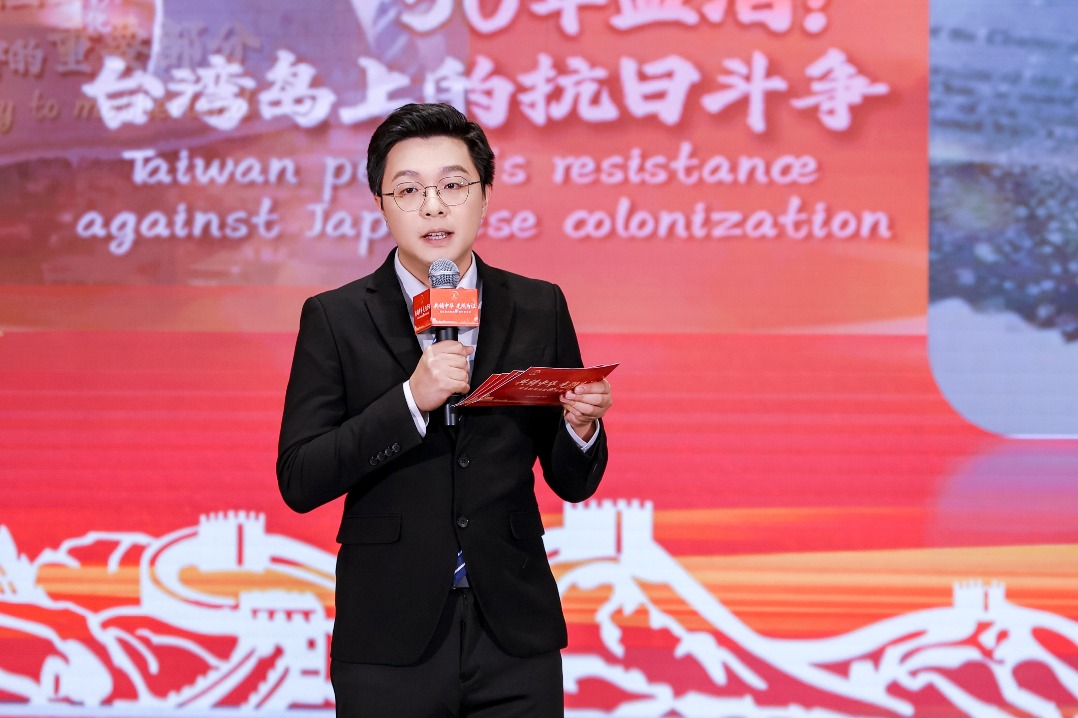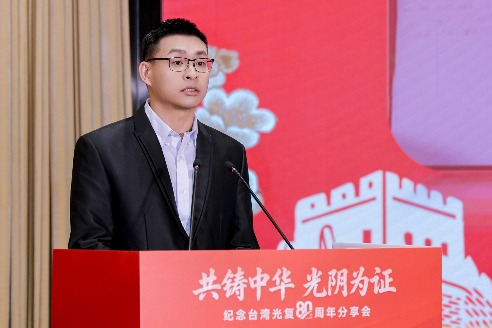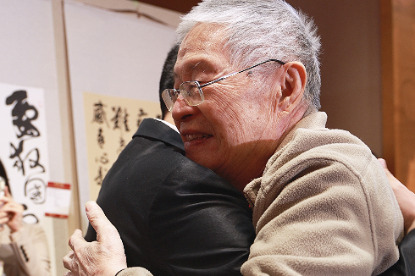Xiconomics: BRI paves way for shared future via common development


BEIJING -- For many years, commuters, merchants and tourists had to spend endless hours to travel by land from the Croatian mainland to the southern part of the eastern European country. A bridge recently inaugurated has made those exhausting experiences a thing of the past.
Opening for traffic earlier this week, the 2.4-km-long bridge finally connects two parts of the nation facing each other across the blue waves. Now it just takes a breezy three-minute drive for local residents and travelers to cross the strait for their trips to Dubrovnik, a medieval city known as the "Pearl of the Adriatic."
Connectivity matters, not only for tourism, but also for the movement of goods and access to services. A much smoother flow of trade is expected to create thousands of local jobs. Another piece of good news for people living in the southernmost part of Croatia is that they now can enjoy easier access to educational and health facilities on the country's mainland.
In the long run, this flagship project of Belt and Road cooperation, along with others of its kind, is expected to help revive growth in the region and spark new possibilities for common development in other parts of the world. This is precious against the backdrop of the lingering COVID-19 pandemic, a tottering global economy and mounting geopolitical uncertainties.

SHARED BENEFITS
Initiated by Chinese President Xi Jinping in 2013, the Belt and Road Initiative (BRI) envisions trade and infrastructure networks connecting Asia with Europe and Africa along the ancient Silk Road routes.
Over the past 10 years or so, the BRI has followed the guiding principles of extensive consultation, joint contribution and shared benefits. It has made impressive headway in delivering tangible benefits to local residents through such connectivity projects as the Peljesac Bridge, the Mombasa-Nairobi Standard Gauge Railway in Africa, and the new Haifa port in Israel, among others.
"We are seeing connectivity, we are seeing airports remodeling, and we are seeing ports remodeling," said Charles Onunaiju, director of the Nigeria-based Center for China Studies, when speaking of China's infrastructure investment in Africa.
When describing the economic benefits of Belt and Road cooperation, Onunaiju invoked Lekki Deep Sea Port, Nigeria's first deep seaport under construction by China Harbour Engineering Company in Lagos.
Official data show the project will create up to 170,000 jobs and bring revenues totaling $201 billion to the state and federal government through taxes, royalties and duties.
"What is really happening is that this connectivity is aiding the future and long-term growth of Africa, so that Africa can begin to participate in global supply chains," said Beatrice Matiri-Maisori, a senior economics lecturer at Kenya's Riara University, who shares similar views with Onunaiju on Africa's infrastructure development.
Besides high expectations for growth, connectivity brings certainty to a world of uncertainties.
Connectivity is at the heart of supply chain resilience, said Josephine Teo, Singapore's minister for communications and information and second minister for home affairs.
When logistic woes caused by the pandemic frustrated businesses worldwide, the China-Europe Railway Express managed to help sustain supply chains, and maintain trade transactions across the Eurasian landmass. In 2021, the total number of China-Europe freight train trips reached 15,183, and registered a yearly increase of 55 percent on average from 2016 to last year.
The railway service has also yielded gains for all countries involved. In the last year alone, trade in goods with countries along the Belt and Road stood at 11.6 trillion yuan (about $1.84 trillion).
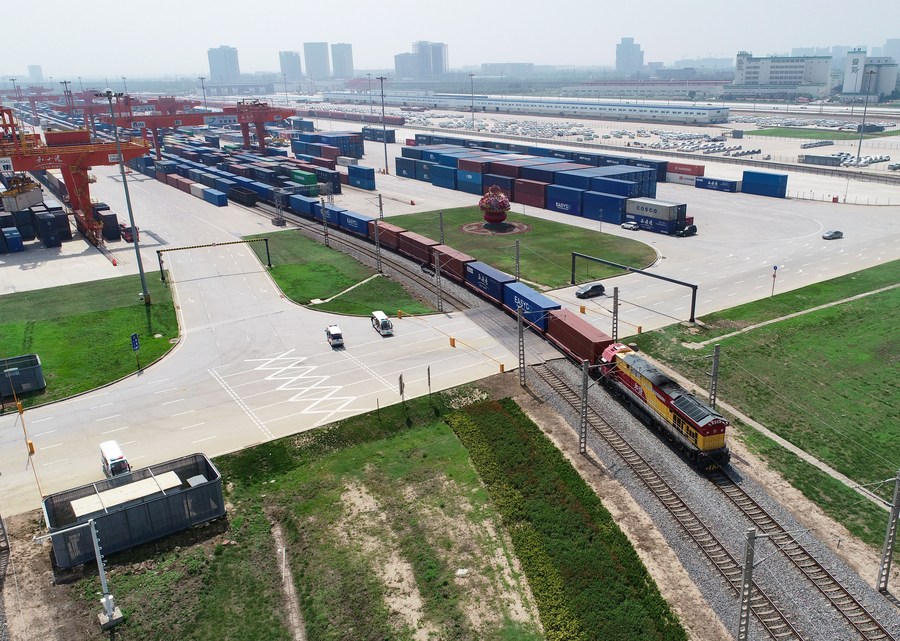
HIGH-QUALITY DEVELOPMENT
At a symposium marking the fifth anniversary of the BRI back in 2018, Xi called for high-quality development of the initiative, and compared such an endeavor to a "meticulous painting," a traditional Chinese drawing technique that pays great attention to details.
He understood that after years of efforts to finish its general layout, the BRI should aim for high-standard, sustainable and people-centered progress.
The BRI's high-quality development is branching out and bearing fruits. The construction of the Peljesac Bridge has illustrated the economic, social and environmental benefits the BRI can bring its partners.
"When building the bridge, Chinese engineers and workers applied the highest environmental standards," said Kreso Beljak, member of the Croatian Parliament and president of the Croatian Peasant Party.
Local oyster producers at the nearby Ston Bay once worried that the project might have a possible negative impact on the quality and the volume of their oyster production.
However, this didn't happen thanks to the highest environmental protection standards. On the contrary, the bridge has opened up new sales routes.
The Peljesac Bridge is a miniature of the Belt and Road construction in a new stage. Under the BRI framework, the building of a health Silk Road, a digital Silk Road and a green Silk Road have added new dimensions to the initiative.
To push for green and low-carbon development, China has promised last year not to build new coal-fired power projects abroad, and it has helped construct hydro, solar, and wind power stations in Pakistan, Laos and Argentina, among others.
In terms of innovation-driven programs, China is helping its BRI partners, many in Africa like Mozambique, to develop modern and smart agriculture with the help of the BeiDou Navigation Satellite System; it is also joining forces with others in boosting cooperation in e-commerce, outer-space and deep ocean. For example, China and Portugal have set up late last year the STARLab under the BRI, which is a joint laboratory focusing on integrated scientific and technological cooperation in space and sea.
Highlighting openness and inclusiveness is also how China seeks to work with its partners worldwide for high-quality achievements. The BRI family has some 180 members so far, and more are welcome to join.
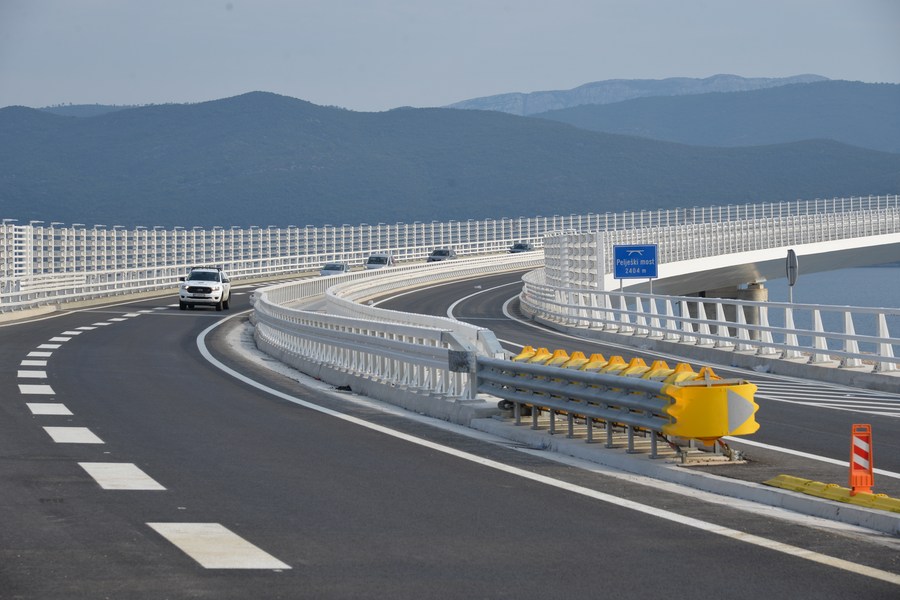
PUBLIC GOOD FOR SHARED FUTURE
In his speech at the opening ceremony of Boao Forum for Asia Annual Conference 2021, Xi said "the BRI is a public road open to all, not a private path owned by one single party. All interested countries are welcome aboard to take part in the cooperation and share in its benefits."
Having proposed the BRI, China is thinking how to facilitate global development for all mankind, and through these years, the BRI has brought people closer as well as boosted international trade, said Stephen Perry, chairman of Britain's 48 Group Club.
"It's transnational," he said. "It's not thinking of the single country of China. It's thinking of the whole area of the world, maybe more focused at the moment on Asia and Africa and Latin America, but it's a world project."
According to a World Bank report, BRI transport projects could, by 2030, help lift 7.6 million people out of extreme poverty and 32 million people out of moderate poverty globally. Trade will grow from between 2.8 and 9.7 percent for economies along economic corridors and between 1.7 and 6.2 percent for the world.
"The reason why the BRI can maintain such a vitality is because infrastructure construction and supply chain inter-connectivity feed the needs of economic globalization," said Huang Renwei, executive vice-dean of the Fudan Institute of Belt and Road & Global Governance.
"The initiative is investing in the real economy," said Huang. "It is helping build infrastructure in world emerging economies and facilitate their industrial- and supply- chain participation."
More importantly, as protectionism and isolationism are rising, the BRI can also serve as an open platform of multilateralism for all participating countries to work together in slashing the deficits of peace, development, trust and governance.
In Huang's view, an urgent problem facing the global community's drive to reform global governance is a "recession of growth," saying that the BRI, which focuses on development in the developing world, and advocates for a fair and open world marketplace, will play a positive role in reforming the current structure of global economic governance.
"BRI is like a bridge. It connects what China can offer with what the rest of the world needs," he said.
- Jingdezhen a 'rare space' for creators, French ceramic artist says
- China revitalizes 88 key rivers, lakes in ecological restoration drive
- La Nina weather pattern could bring extreme cold, droughts, says NCC
- A march of faith: 74-year-old Hong Kong man retraces the Long March on foot
- Tianjin hosts events highlighting status as international destination
- Chinese startup Interphase takes top prize at Kering Generation Award
















